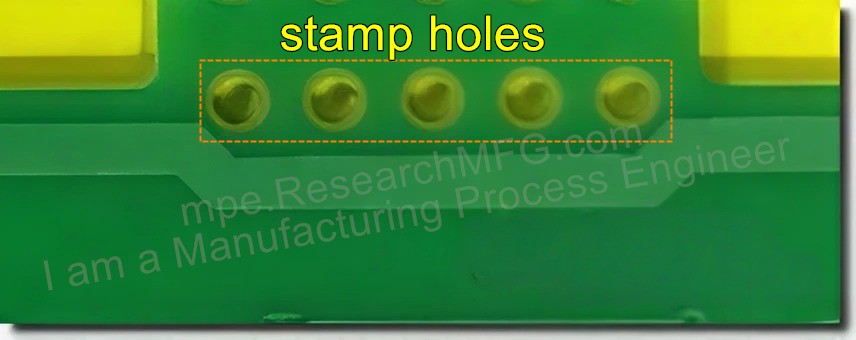
The spot market for electronic components is similar to a flea market or second-hand marketplace. The difference is that a flea market mainly sells used items, while the spot market for electronic parts—like MCUs, ICs, MLCCs, capacitors, resistors, indoctors, MOSFETs, memory, connectors, and so on—mostly sells leftover materials that someone purchased but didn’t fully use. These parts are usually unused for soldering, though the packaging may have been opened or the parts may have been stored in a warehouse for some time.




